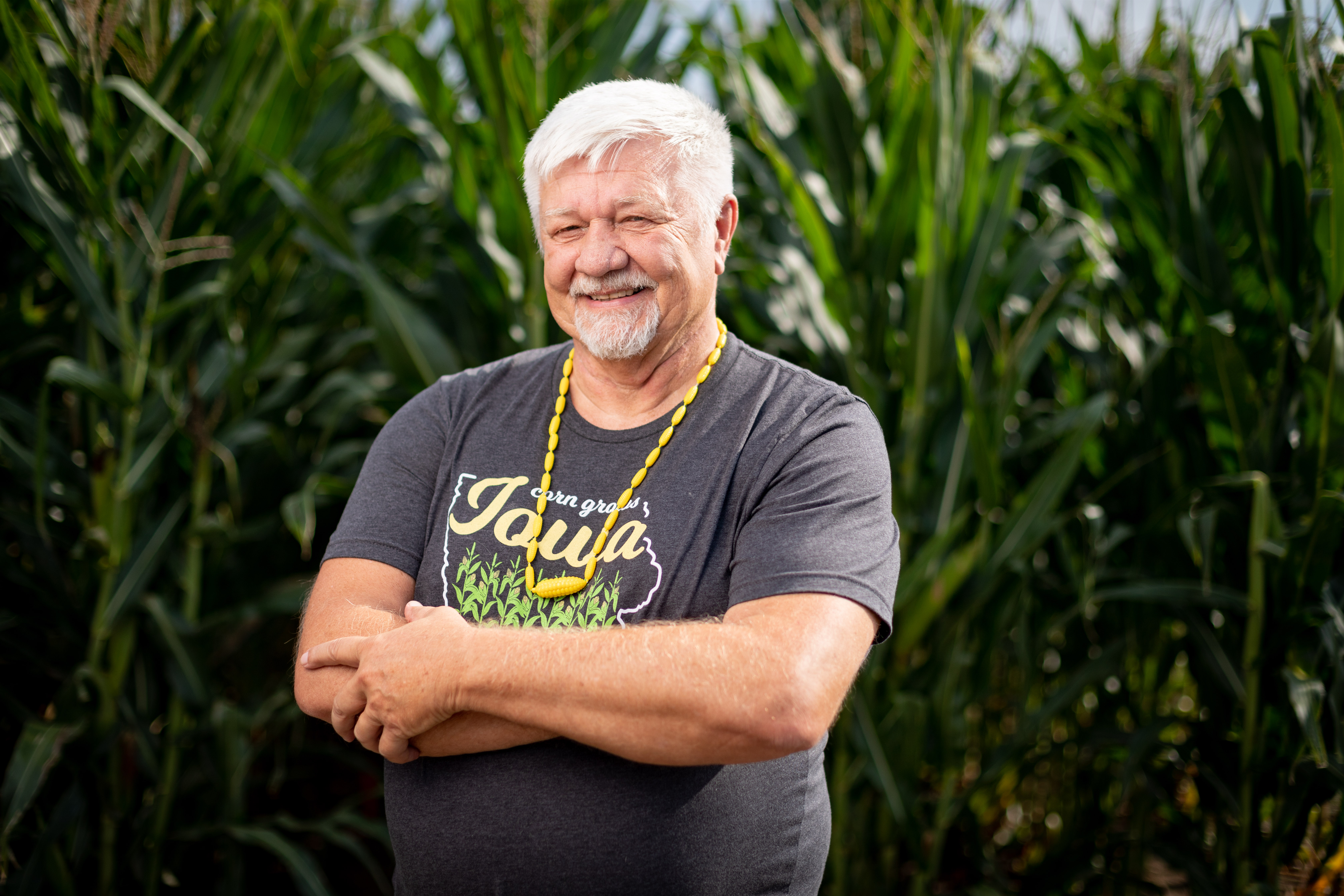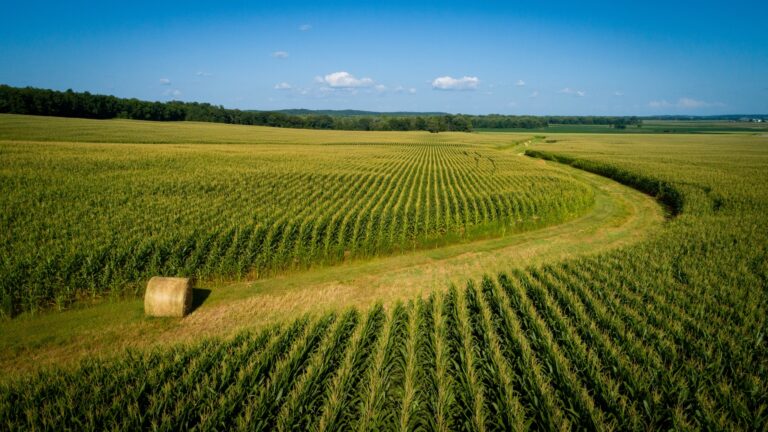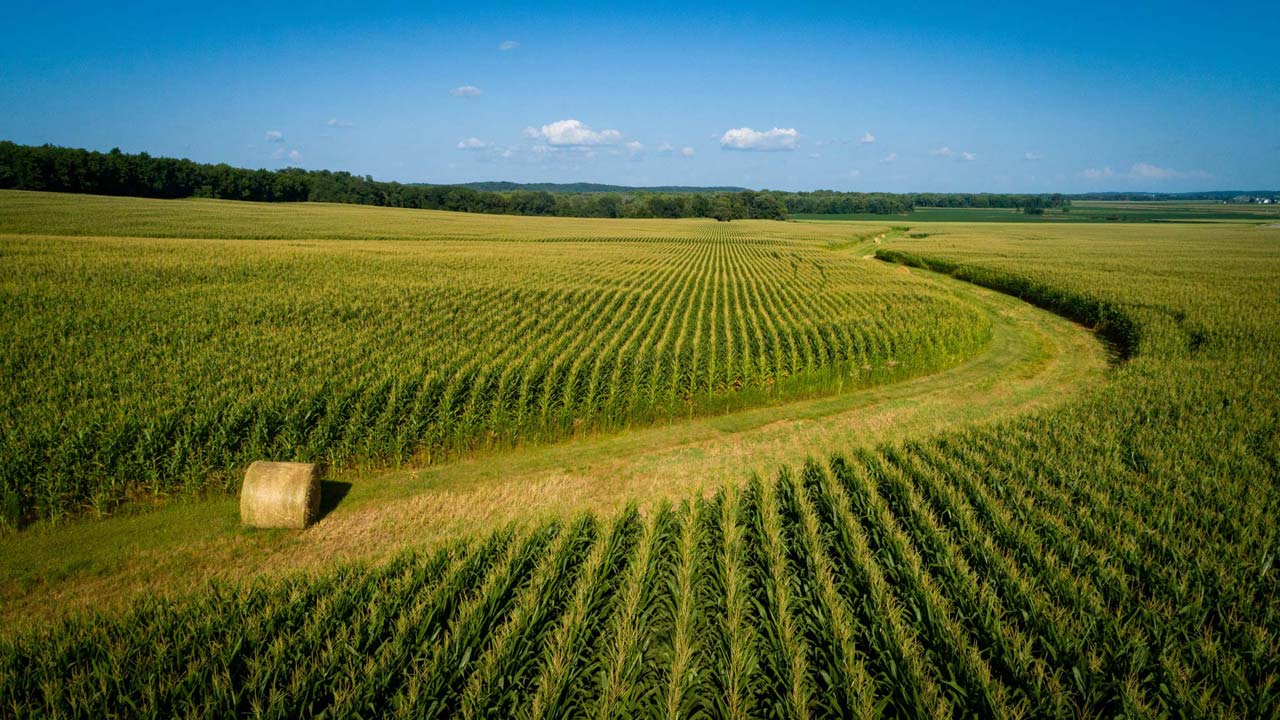2025 May Stewardship Advocate
Insecticide Strategy
The final Insecticide Strategy was released by Environmental Protection Agency (EPA) on April 29, 2025. This strategy identifies protections for federally endangered and threatened (listed) species from the use of insecticides, while providing flexibility for pesticide users and farmers. It identifies mitigations aimed at protecting more than 900 species listed by the U.S. Fish and Wildlife Service (FWS) that EPA the considers when it registers a new insecticide or reevaluates an existing one.
The Insecticide Strategy itself does not impose any requirements on pesticide users, and it is not a rulemaking action. The Insecticide Strategy represents a framework that EPA will use as it registers and re-registers pesticides. The final Strategy followed a draft strategy that was released in July 2024 and opened for a 60-day public comment period. Iowa Corn Growers Association (ICGA) provided comments to the EPA docket that focused on having practical and reasonable guidelines that not only protected endangered species and their habitat but also gave farmers the flexibility they need to control the insect pests. While the Strategy is new policy, the final version is much more farmer friendly than the draft version and a number of the improvements were aligned with ICGA’s recommendations.
Like EPA’s Herbicide Strategy, the Insecticide Strategy is centered on reducing runoff of insecticides and minimizing spray drift. Most farmers in Iowa can attain or exceed the number of mitigation points required to reduce insecticide runoff because they already have these practices in place. Additionally, the points generated by the runoff mitigation calculator are straightforward to calculate with yes or no responses (see “Runoff” tab in the epa.gov/Spray Drift and Runoff Mitigation Calculator) and are known well in advance of spraying. However, the spray drift mitigation calculator takes into account many more factors that are not necessarily known by the insecticide applicator until the time of spraying (see “Drift” tab in the epa.gov/Spray Drift and Runoff Mitigation Calculator). Additional information and explanations for using the calculators is in this user guide from EPA: epa.gov/Spray Drift and Runoff Mitigation User Guide.
While the EPA Insecticide Strategy may seem daunting and there is uncertainty about how it will be applied and enforced, it does provide insight into what requirements will be in play as new insecticides are registered for use and/or when existing insecticides go through the re-registration process.
More information about the Herbicide Strategy and Insecticide Strategy will be forthcoming after EPA meets with stakeholders to clarify areas with uncertainties.
Latest Information

Farmer to Farmer: Ralph Lents
Ralph Lents farms in Adair County with a neighbor and his nephew. His diversified farm consists of a 50-50 corn and soybean rotation, alfalfa hay and a cow-calf operation. Ralph has seen a lot of changes in his 50 years of farming, but his goal has remained the same and that is to leave the land in better shape than when he started farming.
“Like many other long-term farmers, I struggled in the late 1970s and 80s but we are in a much better place today. Farming has a lot of ups and downs, but I would not trade it for any other profession,” said Ralph.
Ralph plants 109-112 day maturity corn hybrids at a rate of 33,000 seeds per acre. He fall applies nitrogen, phosphorus and potassium and uses variable-rate equipment to pair his fertility plan with yield expectations and soil test results. He side-dresses 40-50 pounds of urea at V7-V8 to feed the crop during its rapid growth phase. Ralph is mostly minimum till and no-till and is experimenting with rye cover crops in the soybean half of the rotation. He says, “I’m always looking at my planting rate and nitrogen applications. I’m trying to find the sweet spot to optimize my yield and fertilizer program.”
Ralph’s philosophy on farming is straightforward. “You get one shot every year putting in the crop. I don’t feel the need to be the first one planting, but I definitely don’t want to be the last one. To be successful, I have to be always innovating and making good decisions about my investments.”
Away from the farm, Ralph is an active and strong advocate of corn and its many uses both domestically and in international markets. He is currently the president of the Iowa Corn Promotion Board and has been an Iowa Corn director for eight years. He is also engaged with the U.S. Grains Council and U.S. Meat Export Federation while serving on and the National Corn Growers Association’s Transportation and Animal Agriculture Committee. When asked why he serves in so many different capacities, he says, “It is important for Iowa corn farmers to be at the table. We are constantly working on preserving our current markets and trying to expand into new markets. This is the case whether we are talking about expanding our ethanol markets or working with international partners to bring U.S. meat products to new customers. I find these roles to be very important and they are personally fulfilling, knowing I am helping Iowa corn farmers.”
Events:
June 4: Monarch and Pollinator Workshop – Iowa Learning Farms; Clarinda, Iowa; 12:00 pm – 2:00 pm
June 12: Wetland and Prairie Field Day – Iowa Learning Farms; Haverhill Iowa; 10:30 am -12:30 pm
June 24: Pollinator Field Day – Iowa Learning Farms; Kellogg, Iowa; 10:30 am-12:30 pm

